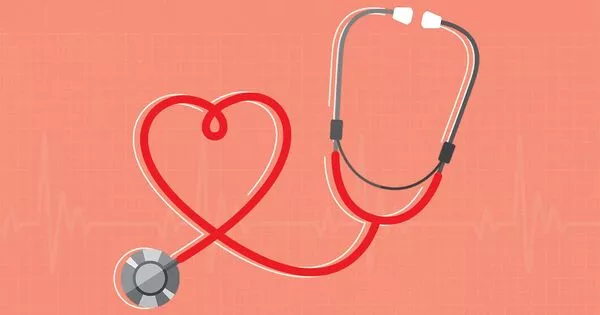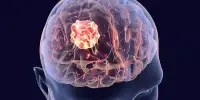There is some evidence to suggest that estrogen may be a possible risk factor for disturbed heart rhythm, also known as arrhythmia. Estrogen is a hormone that is involved in many physiological processes in the body, including the regulation of the cardiovascular system. In some studies, it has been found that high levels of estrogen in women, such as during pregnancy or with the use of hormonal contraceptives or hormone replacement therapy, can increase the risk of developing certain types of arrhythmia.
According to an experimental study published in Science Advances from Linköping University in Sweden, the sex hormone estrogen has a negative impact on heartbeat regulation. The impact of estrogen appears to interact with hereditary changes that cause heart disease, disrupting the heart’s rhythm, whereas other endogenous substances may have a protective effect.
The heart beats approximately 2.5 billion times in a lifetime. An electrical impulse causes the heart muscle to contract in a very well-coordinated movement, resulting in each heartbeat. The electrical activity of the heart is controlled by small pores, known as ion channels, that run through the cell membranes and regulate the flow of electrically charged ions in and out of the cell. Some ion channels act as accelerators, while others act as brakes. Together, they regulate every heartbeat throughout life.
We’re trying to figure out which substances in the body influence ion channel function. If we could figure out how this regulation works, we might be able to understand why some people are better protected than others.
Sara Liin
Diseases that cause an abnormal heart rhythm can be fatal in some cases. LQTS, or long QT syndrome, is one such disease. The heart takes longer than usual to complete each heartbeat in LQTS patients. The most common cause of this syndrome is a congenital hereditary change, or mutation, affecting one of the heart’s ion channels.
“We’re trying to figure out which substances in the body influence ion channel function. If we could figure out how this regulation works, we might be able to understand why some people are better protected than others” Sara Liin, associate professor at Linköping University’s Department of Biomedical and Clinical Sciences, agrees.
The researchers in this study are interested in the possible effects of the sex hormone estrogen. They came up with this theory after being asked by heart specialists why women are not only more likely than men to be affected by certain hereditary diseases that cause an abnormal heart rhythm, also known as arrhythmia. This is because women are generally thought to have better protection against cardiovascular disease. Could it be because women produce more estrogen than men?

The researchers investigated the type of ion channel most commonly mutated in LQTS, known as Kv7.1/KCNE1. The reduced function of this ion channel is a risk factor for arrhythmia. To understand the impact of estrogen on this specific ion channel, the researchers performed experiments in which they inserted the human variant of the ion channel into frog eggs that did not have this ion channel. The ion channel function was measured after the researchers added the most active form of the sex hormone estrogen, estradiol. Estrogen inhibited ion channel function, which the researchers interpret as an indication that estrogen may increase the risk of certain types of arrhythmia. Other sex hormones were ineffective.
The researchers also found out exactly which parts of the channel were impacted by estrogen. They further examined ion channel mutations found in families with hereditary arrhythmia syndromes. Some mutations led to high estrogen sensitivity, while others led to the ion channel completely losing estrogen sensitivity.
“We show that some hereditary mutations that impair ion channel function appear to contribute to high estrogen sensitivity, implying that two risk factors may interact, particularly in women who carry these mutations. We believe that our study provides compelling evidence to investigate this further in patients “Sara Liin explains.
The researchers emphasize the importance of remembering estrogen’s many positive effects, and that estrogen may be a risk factor in women with a hereditary increased risk of LQTS. LQTS is a relatively uncommon condition that affects about one in every 2,500 people.
















